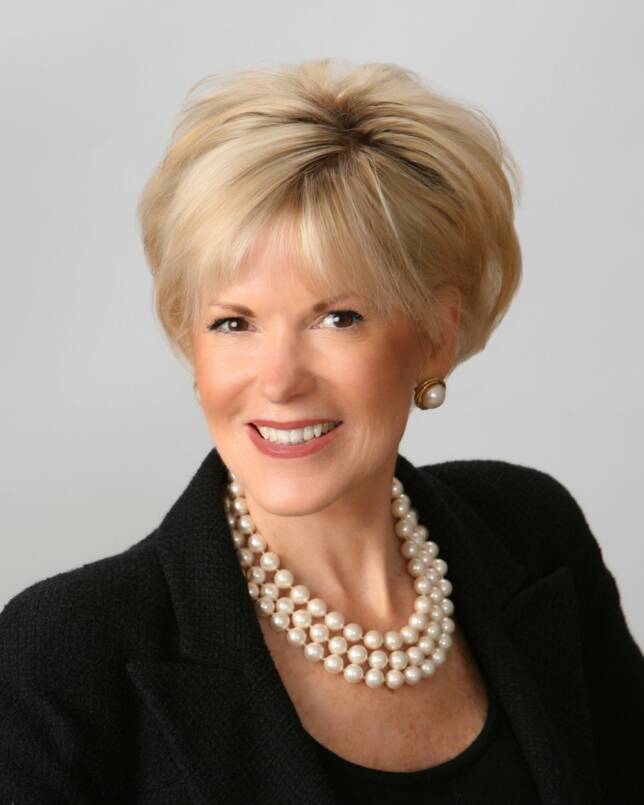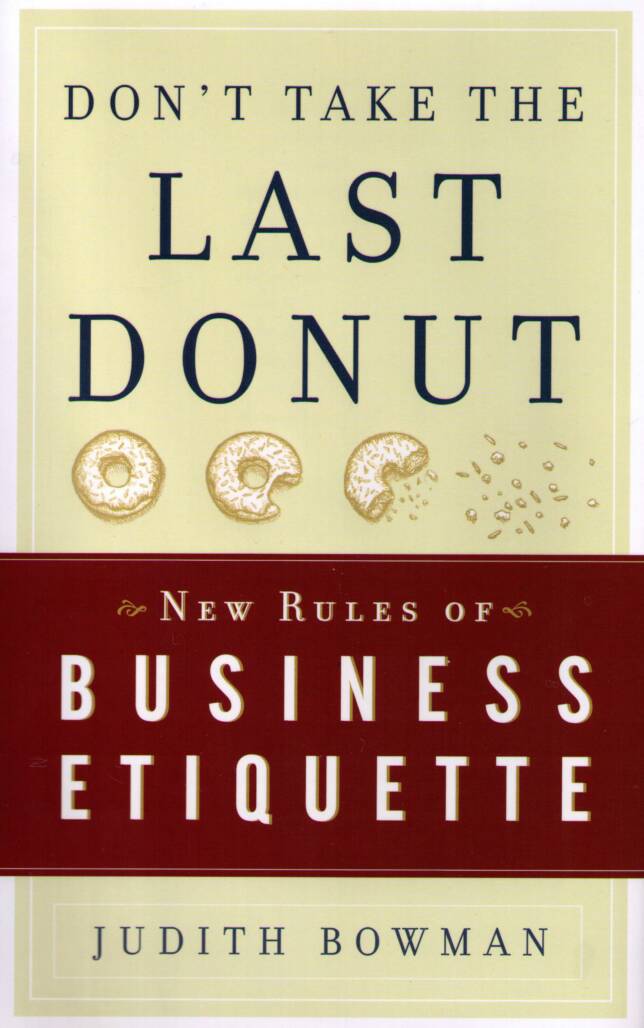 | ||||||
Protocol Consultants International
Media Update - CIO
Professional Presence, Corporate Training and Development
Consulting and Protocol Certification
- CIO | CIO.com - October, 2008 online edition


 [Back to Donut Media]
[Back to Donut Media]
Event Networking Etiquette:
A Step-by-Step Plan for Working the Room
If the thought of meeting new people at conferences or networking events causes your stomach to knot up, know you're not alone. Assuage your nerves and gain confidence with networking etiquette know-how.
By Diann Daniel
10/2008
Virtually everybody is nervous and anxious about meeting new people at conferences and events. But networking at such events, especially during our troubling economic times, is crucial for giving your career a boost.
That's where etiquette comes in, says Judith Bowman, founder of Protocol Consultants, an etiquette advisory firm, and Jacqueline Whitmore, author of Business Class: Etiquette Essentials for Success at Work. They say that good etiquette engenders goodwill and trust from others, and makes it more likely that others will want to work with you. "Etiquette is really about the golden rule," says Whitmore.
Perhaps the best part of focusing on etiquette is that you'll be so busy concentrating on following guidelines and making others feel comfortable that you'll have less time to remember your own nervousness. So use this slide show to create a to-do list for your next event, and be sure to tell us what has helped you network well.
1. Spend some time learning about the people you'll meet.
Find out who will be at the event (many conferences provide a guest list), and do your homework on the people you'd like to meet, recommends Bowman. Google folks' bios and important events going on at their companies, for example, impending mergers, new products, and so on. Then when you meet people, you'll feel more confident with something relevant to talk about, and they'll feel flattered and impressed that you've taken the trouble to learn about them and their company. Whitmore says all this research should lead to an agenda: Know why you're going to the event, who you want to meet, and want you want to accomplish.
2. Prepare your "elevator pitch."
Yes, you're Evan Smith, IT guy, of X Company. But does that convey the take-away you want people to have about you? Take control of the most important brand you represent—yourself. Be sure to create a well-rehearsed tagline, or a short way to sum up who you are, before you ever travel to the event. You may need to think beyond your job title: What do you accomplish? What are you responsible for? What is your signature area? Create a concise way to convey that. For example, "Hi, I'm John Doe of XX Company, and I'm our company's open-source evangelist."
3. Dress professionally and appropriate for the setting.
Everything about you should broadcast quality. While different settings will call for different attire, in general, Bowman recommends dark colors. She also recommends roomy jacket pockets for both men and women. Why? One pocket to hold your business cards, and one to hold others' business cards. Bowman points out that this gets rid of those awkward moments where you're looking for and opening your business card holder.
4. Before going into the event room, make a trip to the restroom to check your appearance.
"Make sure you're perfect," says Bowman. Hair good? Check. Hands thoroughly washed and dried? Check. Breath mint popped? Check. Name tag on the right-hand side? Check. (This way someone who's shaking your hand can just lower his eyes to see your name.) More relaxed and confident knowing your appearance is the best it can be: priceless.
5. Take a moment to breathe and focus your confidence before you enter the room.
Chin up, posture perfect. Before you walk into the room, remember you're on a mission—to connect with people you don't usually have an opportunity to meet. And remember, you have things to offer too (and you've gone over in detail, often, what those things are before you go to this event).
6. Look like someone you'd want to know.
Make sure you set your face in a pleasant and approachable expression (practice with the mirror, a friend or video camera if you're not sure what your default expression is).
7. Don't make a beeline for the bar—remember why you're there.
Networking events (repeat after us) are never about the food or drink. "No one invites us anywhere because they believe we need to be fed," says Bowman. Take heed, and don't be in a rush to grab hors d'oeuvres or a drink. And be sure to eat something beforehand so you don't arrive starving.
8. Hold your drink in your left hand, and always carry a cocktail napkin.
Make sure your right hand is readily available to shake others' hands.
9. Know whom to approach, and how long to stay.
Approach singles and groups of three. Those who are alone will likely welcome the company. As for groups of three, generally a fourth person will nicely round the group out (in other words, one person is likely "odd man out"). Bowman says that when networking, it's a good idea to keep your chats short—from three to seven minutes. "Seven minutes max, because you've got a lot of people to meet." And when possible, introduce the person you're leaving to someone else.
10. Mind your manners when meeting people.
Make good eye contact, give a firm handshake and repeat the person's name when you are introduced. And make sure you don't fall prey to the most common faux pas, says Whitmore. A few of the most common: only talking with people you already know, ignoring people because you believe their rank to be less significant than your own, and talking too much (and listening too little). Be sure not to monopolize anyone's time, or ignore others. Being friendly and approachable is key.
This story appeared in the October 2008 online edition of CIO | CIO.com.
Tel: 508-888-7800 E-mail: Judith Bowman
WANTED:
Entrepreneurs!
Tap into the fast-growing Protocol Industry through our proven, established Protocol Certification program and, coaching and guidance from an
All-Star cast of business practitioners who have tested and refined the business model.
Click here to learn more about

